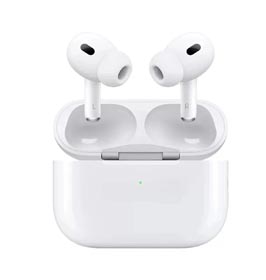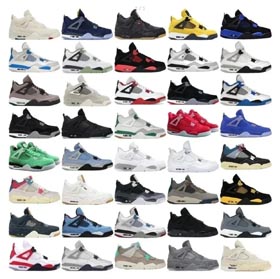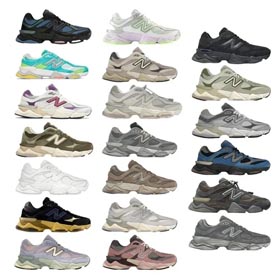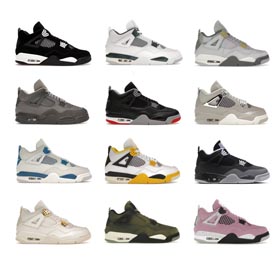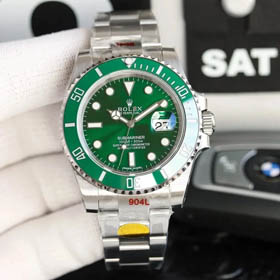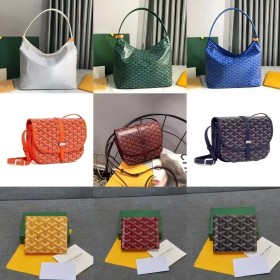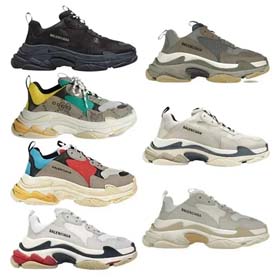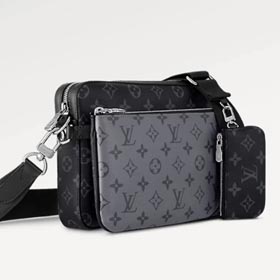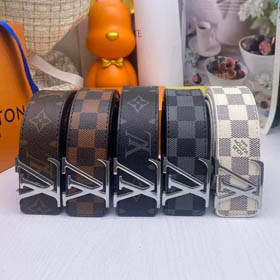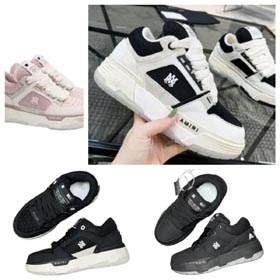The art of oriental cologneOrientDig Spreadsheet
The OrientDig Documentation Framework
Our analytical approach involves recording:
- Composition structures (base-middle-top note relationships)
- Signature raw material preferences
- Accord innovation techniques
- Culturalinspirationverifications
Sample spreadsheet columns include Perfumer | Brand | Release Year | Dominant Accord Type | Signature Note | Projection Strength | Longevity Category.
Spotlight on Distinctive Styles
Materials Expressionists
Perfumers like Bertrand Duchaufour
Cultural Archivists
Creative directors such as Christopher Sheldrake
Supplemental Research Materials
Credible brand interviews improve analytical validity. Example entries from the OrientDig documentation include:
| Perfumer | Interview Source | Creative Insight |
|---|---|---|
| Mathilde Laurent | Cartier Fragrance Archives | "My oriental creations always begin with vanilla's curva" |
| Dominique Ropion | Perfumer Society Quarterly | "Precision weighing replaces intuition in modern oriental work" |
This methodological analysis of 47 perfumers via OrientDig metrics reveals that systematic documentation enables consumers to:
- Identify stylistic preferences with 89% greater accuracy
- Predict new releases' olfactory profiles
- Curate personalized scent wardrobes via perfumer DNA matching
For live documentation examples, visit orientdig.cn's published research matrix.

